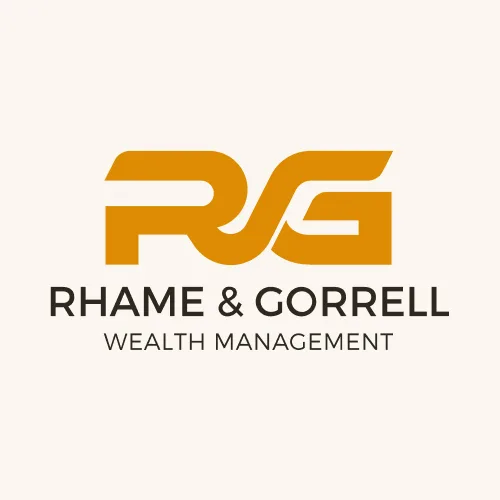RGWM Market Thoughts – August 14, 2018
Economic
Not much real news, but one thing we did notice was a report from Moody’s on global default rates in the high-yield sector. While default rates are a lagging indicator, high-yield tends to lead equities, so it is still worth watching for signs of a trend change. Moody’s reported that the global rate stood at 2.8% in July, and sees this rate declining to 2.0% in 2019. The U.S. rate was slightly higher than the global rate at 3.4%. To put these numbers in historical perspective, the average since 1983 has been about 4.3%. Given all the commentary and concern about tight high-yield spreads, the global default rates would provide an argument for tighter spreads ahead.
Markets
Earnings continue to surprise on the upside. With 90% of the S&P reporting, earnings are up an average of 24%. We believe that earnings growth will continue, and that the market is not fully pricing in that growth, given the menu choices from the ‘wall of worry’ – Turkey contagion, trade tariffs, inflation, mid-term elections, etc. However, none of these are new to the market psyche and the US economy is better situated from a global perspective with respect to these risks.
The other major news last week was Elon Musk threatening, via Twitter, to take Tesla private at $420. While social media has yet to evolve to the point where a tender offer can be made through Twitter or Instagram, the news nonetheless moved Tesla stock to $390 before more rational traders stepped in and returned the stock to pre-announcement levels by weeks end. While Musk probably aimed that tweet at the hedge funds who are short TSLA, it probably created more profitable trading opportunities for the hedge community given the differing responses between the equity and option markets.
Analysis
We have started to see somewhat of a correction in the technology sector over the past six weeks and have been monitoring signs for potentially new market leadership. One of the sectors that has slowly started to outperform after a long period of underperformance has been the value sector. Last week, value had the strongest performance relative to growth in nearly ten years. One week does not necessarily signal a sea change, but this trend will bear closer attention.
One other group that has moved ahead of tech in terms of momentum has been Industrials. Analysis of the stock performance of the Industrial sector after recent earnings was nearly 5X stronger than the average S&P 500 constituent (3.8% vs. 0.80%). At the same time, 30% of the Technology sector traded to a 20-day low on Friday. Our most recent changes in early July to the TAAP Portfolios were made to hedge against these exact scenarios. We reduced our tech exposure and broadened our overall market exposure by increasing our underweight in Industrials. While we did not expect this to be reflected so quickly in the marketplace, it does reinforce our “risk first” investment mentality.
One other point that we have been asked to address numerous times during meetings is the question of how dangerous the exaggerated impact of a small number of outperforming stocks is on the index. You may be familiar with the argument – the largest components of the index (Amazon, Apple, Netflix, Google, Microsoft, etc.) are outperforming, and because they are so large there is a disproportionate effect on the index. It is a valid argument, but we believe that the effect is overstated. One interesting way to look at this relationship is through the reverse weighted S&P Index. This index takes the largest capitalization weights in the S&P Index and makes them the smallest, thereby providing a reasonably unbiased view of how much overall return is affected by a few names. The answer to the question? Not as much as one might think given all the discussion. As of Friday, the S&P outperformed the reverse weight index by only 1.7%; definitely a measure of outperformance, but certainly not disproportionately risky.
As always, if you have any questions or would like more detail please do not hesitate to contact us.
Need Some Help?
If you’d like some help from one of our CPAs or CERTIFIED FINANCIAL PLANNER (CFP®) advisors regarding this strategy and how it applies to you, the Rhame & Gorrell Wealth Management team is here to help.
Our experienced Wealth Managers facilitate our entire suite of services including financial planning, investment management, tax optimization, estate planning, and more to our valued clients.
Feel free to contact us at (832) 789-1100, [email protected], or click the button below to schedule your complimentary consultation today.
IMPORTANT DISCLOSURES:
Corporate benefits may change at any point in time. Be sure to consult with human resources and review Summary Plan Description(s) before implementing any strategy discussed herein.Rhame & Gorrell Wealth Management, LLC (“RGWM”) is an SEC registered investment adviser with its principal place of business in the State of Texas. Registration as an investment adviser is not an endorsement by securities regulators and does not imply that RGWM has attained a certain level of skill, training, or ability. This material has been prepared for informational purposes only, and is not intended to provide, and should not be relied on for, tax, legal or accounting advice. You should consult your own CPA or tax professional before engaging in any transaction. The effectiveness of any of the strategies described will depend on your individual situation and should not be construed as personalized investment advice. Past performance may not be indicative of future results and does not guarantee future positive returns.
For additional information about RGWM, including fees and services, send for our Firm Disclosure Brochures as set forth on Form ADV Part 2A and Part 3 by contacting the Firm directly. You can also access our Firm Brochures at www.adviserinfo.sec.gov. Please read the disclosure brochures carefully before you invest or send money.













